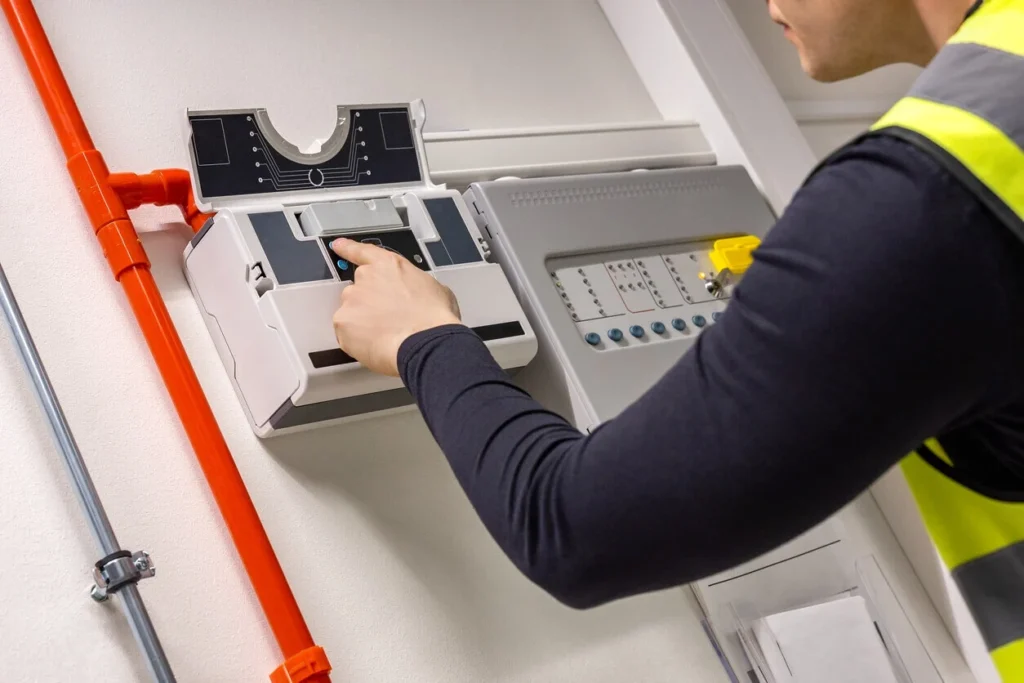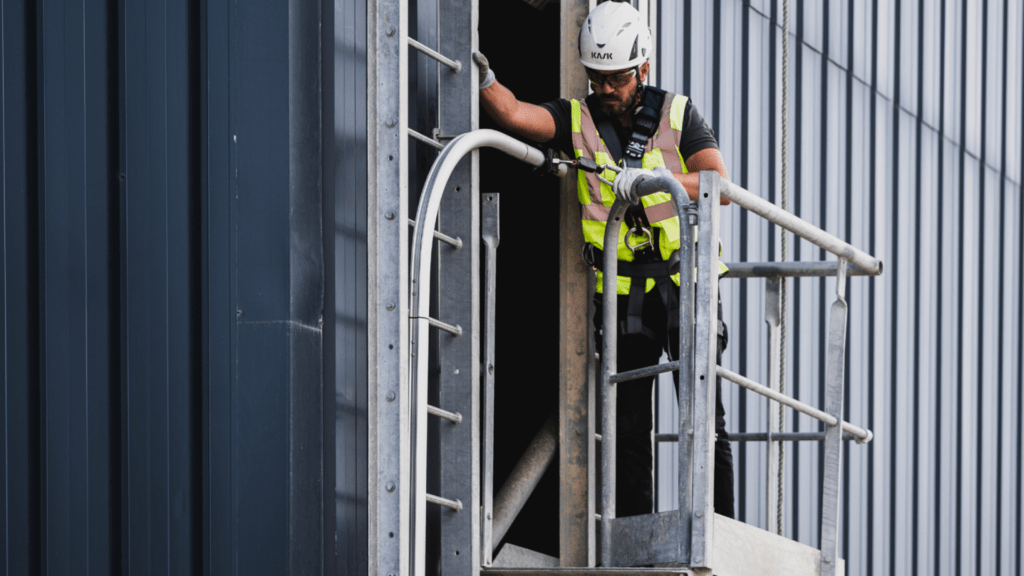Fire poses one of the most severe threats aboard ships and offshore platforms. With the combination of confined spaces, flammable cargo, and remote locations, the risk to lives, property, and critical infrastructure is high. Fire Detection & Alarm Systems serve as the frontline defense against catastrophic fires, providing early warning and allowing swift action to protect crew members, passengers, vessels, and ports.
This comprehensive guide explores why these systems are indispensable in marine environments, the various types available, key features, leading manufacturers, and essential maintenance tips to ensure optimal performance.
Why Fire Detection & Alarm Systems Matter in Marine and Offshore Environments
Operating at sea or offshore presents unique fire safety challenges. Unlike land-based facilities, ships and offshore installations are surrounded by water but have limited escape routes, creating a high-risk environment where fires can spread rapidly. Flammable cargo and oil or gas installations increase the severity of potential fires, making early detection critical.
A fire outbreak can endanger human lives, cause irreversible damage to the vessel or platform, and disrupt port operations, leading to enormous financial losses. Due to these risks, maritime regulations worldwide mandate the installation of certified Fire Detection & Alarm Systems on all commercial and passenger vessels. These systems not only detect fires quickly but also initiate alarms to trigger firefighting protocols and evacuations, potentially saving countless lives.
Types of Fire Detection & Alarm Systems Used on Ships
Fire Detection & Alarm Systems come in various forms, each designed to address specific hazards and conditions found in marine settings:
Smoke Detectors: These are the most common type of detectors, sensing airborne particles produced by combustion. Smoke detectors provide an early warning before flames become visible, crucial for rapid response.
Heat Detectors: Instead of detecting smoke, heat detectors sense changes in temperature caused by fire. These are especially useful in areas where smoke detection is unreliable, such as engine rooms or kitchens.
Carbon Monoxide (CO) Detectors: Fires can emit invisible and toxic gases like carbon monoxide. CO detectors alert crew to dangerous gas levels, enabling preventive action even when smoke or flames are not yet evident.
Multi-Sensor Detectors: Combining smoke, heat, and CO sensing technologies, these advanced detectors improve accuracy by reducing false alarms and increasing fire detection reliability.
Aspirating Smoke Detectors (ASD): ASD systems actively draw air samples through a network of pipes to detect smoke at very early stages, making them ideal for critical or high-value areas where early fire detection is paramount.
Each type plays a vital role in a comprehensive marine fire safety strategy, ensuring different fire scenarios are detected promptly and effectively.
Features of Modern Fire Detection & Alarm Systems
Modern Fire Detection & Alarm Systems are designed to operate reliably in the demanding marine and offshore environment, where conditions such as vibration, humidity, and salt exposure can affect equipment performance. Key features include:
Robust and Reliable Design: Equipment must withstand harsh conditions while providing uninterrupted protection. Components are often marine-grade and corrosion-resistant.
User-Friendly Installation and Maintenance: Safety solutions have evolved to simplify installation and upkeep. For instance, the latest systems are designed to eliminate the need for ladders or climbing during testing and servicing, improving safety and efficiency.
Functional Testing Tools: Regular testing of detectors is essential. Functional testing kits, such as the Solo product range, allow on-site testing of smoke, heat, and CO detectors, including multi-sensor and ASD systems. These tools help ensure all components perform as intended.
Integration Capabilities: Modern systems can be integrated with ship-wide safety monitoring and control systems, enabling coordinated responses and comprehensive fire management.
Reliability is non-negotiable for Fire Detection & Alarm Systems, as any failure could result in catastrophic consequences. Hence, only trusted and proven solutions are suitable for marine use.
Leading Manufacturers and Industry Standards
The effectiveness of fire detection equipment is closely tied to the quality and expertise of its manufacturer. Leading brands such as Johnson Controls, Thorn Security, and Tyco have built reputations for producing reliable Fire Detection & Alarm Systems tailored to marine and offshore applications.
Selecting equipment from these market leaders ensures compliance with international maritime fire safety regulations, such as those stipulated by the International Maritime Organization (IMO) and classification societies like Lloyd’s Register and DNV.
Certified systems undergo rigorous testing and meet strict standards, offering shipowners peace of mind that their vessels are equipped with the best available protection.
How to Choose the Right Fire Detection & Alarm System for Your Vessel
Selecting the appropriate Fire Detection & Alarm Systems requires careful consideration of several factors:
Vessel Size and Type: Passenger ships, cargo vessels, and offshore platforms have different fire risk profiles. Detection systems must match these profiles for effective coverage.
Cargo and Environmental Risks: Flammable or hazardous cargo necessitates more sophisticated detection methods, such as multi-sensor detectors and ASD systems.
Installation Constraints: Space limitations and existing infrastructure can affect the choice and placement of detectors and alarm panels.
Customization and Support: A tailored solution, supported by expert consultation and after-sales service, ensures the system meets operational needs and regulatory requirements.
Partnering with experienced suppliers and marine fire safety experts can simplify this complex decision-making process.
Maintenance and Testing of Fire Detection Systems
Consistent maintenance and functional testing are crucial to maintaining the reliability of Fire Detection & Alarm Systems. Over time, sensors can become dirty, damaged, or misaligned, reducing effectiveness.
Functional testing kits provide a practical way to verify that detectors respond correctly to smoke, heat, and CO stimuli without requiring removal or complicated procedures. The Solo range of testing tools offers specialized solutions for various detector types, including multi-sensor and ASD systems.
Routine inspections and maintenance not only uphold safety but also help satisfy insurance and regulatory obligations.
Takeaway
Fire Detection & Alarm Systems form the backbone of marine fire safety, offering essential protection against one of the most dangerous threats at sea. From early detection technologies like smoke and heat detectors to advanced solutions such as aspirating smoke detection, these systems save lives, protect valuable assets, and ensure operational continuity.
Investing in trusted, reliable, and easy-to-maintain fire detection solutions, supported by regular testing and expert guidance, is critical for all shipowners and offshore operators who prioritize safety.
Taking a proactive approach to fire safety today can prevent tragedies tomorrow — safeguarding people, property, and the environment.















